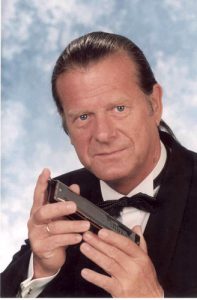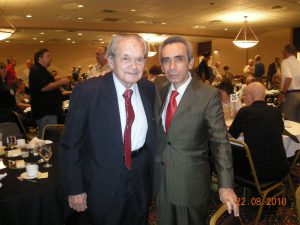Harmonicas sur Cher is my favourite festival. Great location, great organisation, great music and great local support from the people of Saint Aignan. For three days, harmonicas can be heard on the streets, in the cafes, the church and the Salle des fete.
Saint Aignan is a small old town with narrow cobbled streets in the wine valley of the river Cher, near where it joins the Loire at Tours in Central France.
There are some small daytime events but the core of the festival is the three evening concerts in the Salle des fêtes. Each concert features two artists/bands and this blog features music from all of them. As usual at this festival, the range of music and harmonica styles is very wide. You can look for something that you like or, maybe, sit back and listen to some of the places the harmonica can take you. You might be surprised!
Thursday (Jeudi) 25 May. The concert was opened by the Zanella Trio who play acoustic jazz and world music featuring Jérôme Peyrelevade : diatonic harmonica, Gilles Zanella : guitar, and Cyril Cianciolo : bass. Jérôme’s latest CD is called Somewhere on the Edge of Time – www.jeromepeyrelevade.com. The track which is featured is Nadia’s Nights.
The concert was closed by Cory Seznec, a band playing a mix of blues, country and African music. Cory plays guitar and banjo and David Chalumeau is the featured harmonica player. Their latest CD is called Backroad Carnival – www.coryseznec.com. The track which is featured is Sell You My Soul.
Friday (Vendredi) 26 May. The concert was opened by French Canadian harmonica player and storyteller, Gérald Laroche, who presented sound images to illustrate his stories. He used harmonicas, Celtic flute, Indian mouth bow, Jews Harp and percussion instruments to create a unique fusion of sound and speech. His latest CD is called Rubato: Stealing Time – www.geraldlaroche.com. The track which is featured is Last one to leave.
The concert was closed by jazz chromatic player, Will Galison, who performed a musical fantasy based on Homer’s story of Odysseus. He was accompanied by a jazz trio with the composer, Karim Maurice on piano and a small string section, la Camerata – www.willgalison.net. The track which is featured is Circe. The website for Karim Maurice’s Odysseus project is www.karimmaurice.com/enw-galison-k-maurice-la.
Saturday (Samedi) 27 May. The concert was opened by new group, Liouane, led by chromatic player, Thomas Laurent. The music included traditional compositions and music influenced by Eastern Mediterranean and Balkan music played on oud, clarinet, percussion, harmonica and double bass. Their latest CD is Liouane – www.coursharmonica.com. The track which is featured is From Bethlehem to Angers.
The concert and the festival was closed by Mountain Men, featuring Barefoot Iano on blues harmonica. They played their own mix of rock and roll and blues (with a touch of Madness) which had grandparents, parents and children dancing in the isles as the evening drew to a close. Their latest CD is Black Market Flowers – www.mountain-men.fr. The track which is featured is Still in the Race.
That was the end for 2017 but Christophe Minier will be back with another Harmonicas sur Cher festival in 2019.
If you want to see what the town and the festival looks like, here is a video I made at the festival in 2011. www.youtube.com/watch?v=GrWYRd8qI8Q
1 – Jérôme Peyrelevade – Nadia’s Nights – 00:00
2 – Cory Seznec – Sell You My Soul – 03:26
3 – Gérald Laroche – Last one to leave – 08:17
4 – Will Galison – Circe – 11:51
5 – Liouane – From Bethlehem to Angers – 19:03
6 – Mountain Men – Still in the Race – 24:20

